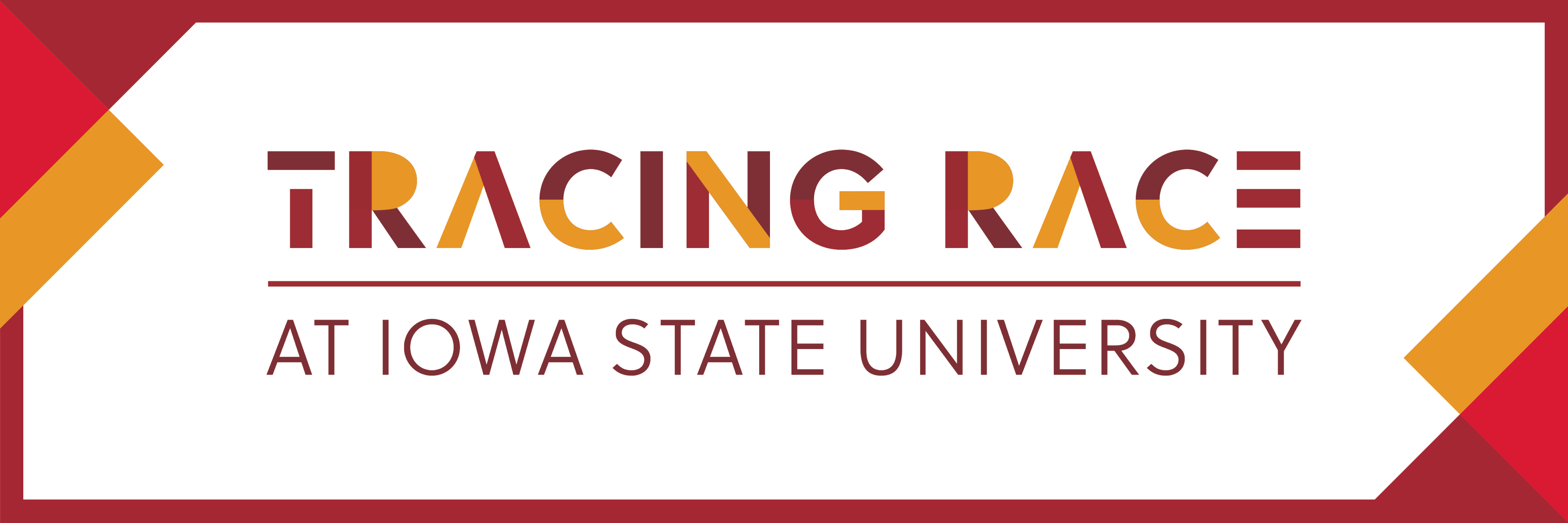
For more than 50 years, the University Library has collected thousands of materials from students, faculty and staff. Scrapbooks, photographs, meeting minutes and stories give us a glimpse into our history as Cyclones. Still, this storied past paints an incomplete picture. Through initiatives such as Tracing Race at Iowa State and collection expansion efforts, the library seeks to uncover a nuanced account of the university’s history — one that includes the experiences and voices of Cyclones of color.
Teaching Professor of English Gloria Betcher is leading a research team that is part of the inaugural cohort of the Iowa State University Library Digital Scholarship and Initiatives Department’s Tracing Race at ISU Initiative. Prof. Betcher’s team is constructing an ESRI Story Map project focused on “Mapping the Black ISC Student Housing Experience to 1940.” This project has a two-fold goal: 1) identifying and writing short biographies for all Black students who studied at Iowa State up to 1940 and 2) mapping and exploring the stories of the locations where they lived (mostly off campus) when Iowa State College (ISC) exercised discriminatory housing practices.
Since its founding, Iowa State has allowed people of color to enroll, but not until the late 1940s were these students able to live on campus without being impeded by an unwritten policy that required students of color to room together. The housing situation of most early students of color at Iowa State has remained unstudied in any systematic way. This ESRI Story Map project offers an initial foray into the varied experiences of Black students at ISC. This first phase of the project focuses only on the housing experience of Black students through the end of the first stage of The Great Migration, but Betcher’s team will expand that research in the spring to encompass all students of color at Iowa State up to 1950 and their housing experiences.
Building on “HBCU Connections at Iowa State University,” researched by former ISU Resident Librarian/Archivist Shaina Destine, and the work done by retired ISU Archives Library Assistant Becky Jordan to identify student housing locations, the project team now has a working list of 80 Black students who studied at Iowa State College in the relevant time period. That list keeps growing as the team identifies more students through newspapers and other sources.
Project partners include the Ames History Museum and Prof. Ted Grevstad-Nordbrock’s Community and Regional Planning class on Documenting the Historic Built Environment. Community volunteers are associated with the NAACP and Ames History Museum, and student researchers, both graduate and undergraduate, come from the departments of English, History, Sociology, Architecture, Journalism, and Community and Regional Planning. Undergraduate English major Arie Sirotiak and graduate student in Applied Linguistics and Technology Jeanne Beck have both been part of the project team this semester. While the project currently focuses only on Black students and only on the time up to the end of first phase of The Great Migration, in spring 2022, Prof. Betcher’s team will continue work to expand coverage to the housing experience of all students of color at ISC up to 1950. Honors student in English and Women’s and Gender Studies Atlas Cahill and LAS Open Option Honors student Katelyn Squiers will join the research team as part of the First-year Honors Mentor Program, working on the project expansion with Prof. Betcher as mentor.
Through her work, Prof. Betcher has been introduced to many Black Iowa State grads whose contributions impacted their communities locally, nationally, and globally. She notes that the project and others sponsored by the Tracing Race Initiative are valuable and welcomed, saying, “The enthusiasm for this project shown by those who hear about it confirms just how essential it is to fill the gaps in Iowa State’s narrative, both to celebrate our impressive Black alumni/ae and to understand the challenges they faced at a predominantly white institution.”